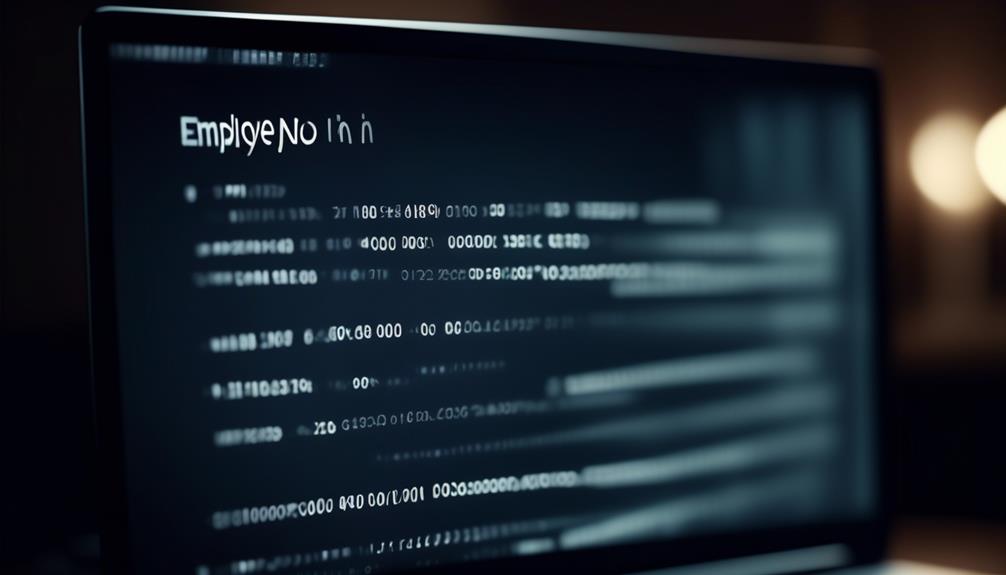Hello there! Have you ever found yourself standing at a train station, looking eagerly along the rails for a train that just doesn’t show up? Indeed, we’ve all had our fair share of experiences with the ‘no show’ phenomenon at one time or another.
But when it happens in the workplace, it can throw a wrench into the smooth operation of the day. That’s why having an effective employee no show email template is crucial for addressing this situation with professionalism and consideration.
So, how can we ensure that our communication in such instances is both respectful and productive? Let’s explore the components of an effective no-show email template and discuss the importance of having a standardized approach to handle these delicate matters.
Key Takeaways
- Standardized templates for employee no-show emails enhance professionalism and consistency in communication.
- Effective no-show emails should include a polite greeting, reminder of identity and workplace, detailed meeting details, an honest explanation for the missed meeting, and options for rescheduling or alternative communication.
- Customizable templates are available for different situations and communication styles, allowing for personalization and professional branding.
- When sending a no-show email, it is important to send it promptly, utilize multiple channels, maintain a positive tone, reinstate the purpose of the meeting, and propose alternative dates for rescheduling.
Importance of Standardized Template
How does the use of a standardized template enhance the professionalism and consistency of our email communications with employees?
The importance of a standardized template in our no-show email templates can’t be overstated. When a meeting is missed, it’s crucial to maintain a professional and consistent approach in our communication with the prospect. By utilizing a standardized template, we ensure that our emails are consistently well-presented and convey a cohesive brand image. This not only saves time and effort but also reflects positively on the organization’s professionalism.
A structured template also guarantees that all necessary information, such as the missed meeting, the need to reschedule, and the option to connect via phone call, is included in the email. Furthermore, the consistent use of standardized templates across all communication channels, including meeting emails, helps in establishing a recognizable and professional communication style for our organization. It provides a uniform format while allowing for easy customization to address specific situations, thereby enhancing the overall effectiveness of our communication strategy.
Components of Effective No-Show Email
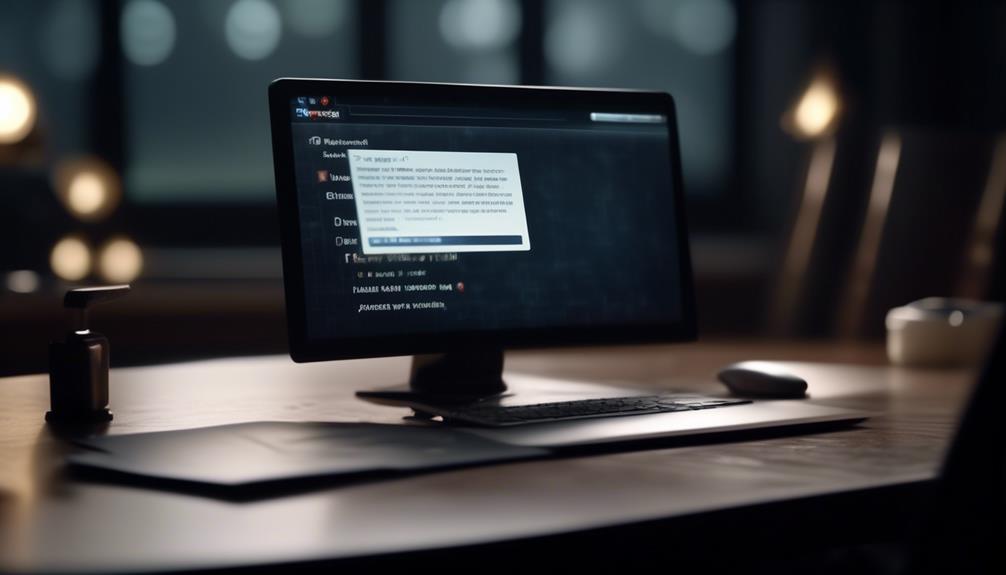
Ensuring consistent professionalism in our communication with employees extends to the composition of effective no-show emails. These emails encompass key components for maintaining rapport and addressing missed meetings.
Firstly, a polite and friendly greeting should be included in the email to set a positive tone. This helps to maintain professional rapport despite the no-show.
Secondly, it is important to remind the employee of your identity and workplace. This can jog their memory about the missed meeting and help them understand the importance of the communication.
Thirdly, providing detailed logistical meeting details is crucial. This helps the employee recall the scheduled meeting and its importance.
Additionally, an honest explanation of the missed meeting from our perspective should be included. This ensures transparency and understanding.
Furthermore, offering follow-up options is important. This can include rescheduling the meeting, providing alternative meeting times, or suggesting different communication platforms for convenience. By doing so, we demonstrate our willingness to address the situation and accommodate the employee’s needs.
Customizable Example Template
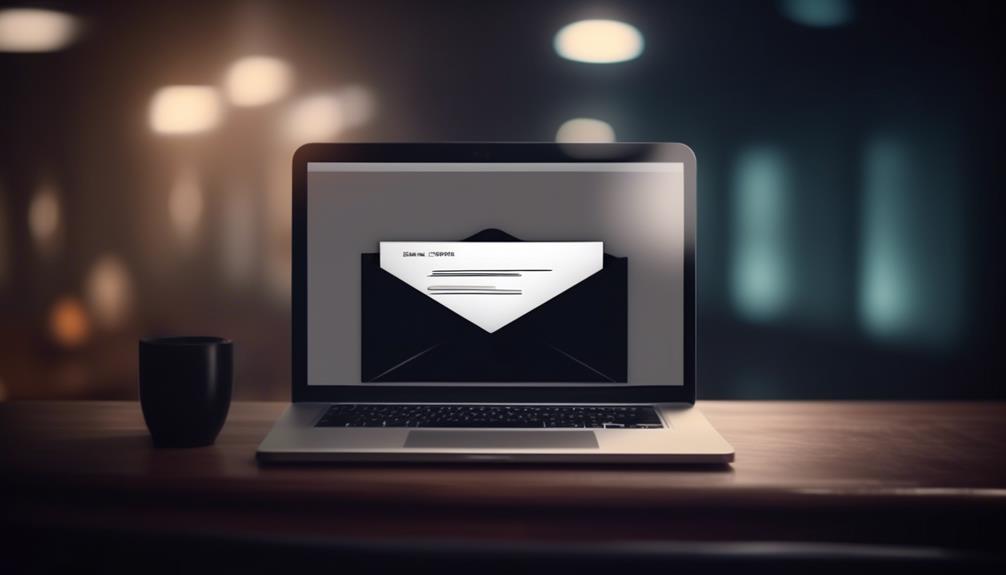
We offer a range of customizable example templates designed to streamline the process of crafting effective no-show emails for various situations and audiences. Our platform provides a variety of options, each tailored to different scenarios and communication styles. Below, you can find a table showcasing some of the customizable example templates available for different types of meetings and situations.
| Template Type | Description |
|---|---|
| Standard No-Show Email | A basic template for notifying about a missed meeting without adding any specific details. |
| Attachment Included | An email template with necessary attachments, such as a rescheduled meeting calendar link. |
| Value Proposition Highlight | This template emphasizes the value of the scheduled meeting and the importance of attendance. |
| Specific Agenda Highlight | A template highlighting the meeting agenda to remind the recipient of the scheduled topics. |
| Short and Concise | A brief and professional template designed to convey the message effectively and efficiently. |
When crafting a no-show email, it’s important to choose a template that works best for the situation. For example, when writing an email for a scheduled meeting with a prospect, the ‘Value Proposition Highlight’ template may be the most suitable option. Each template can be personalized to suit your company’s branding and communication style, ensuring professionalism and effectiveness in your communication with clients and colleagues.
Tips for Sending No-Show Email
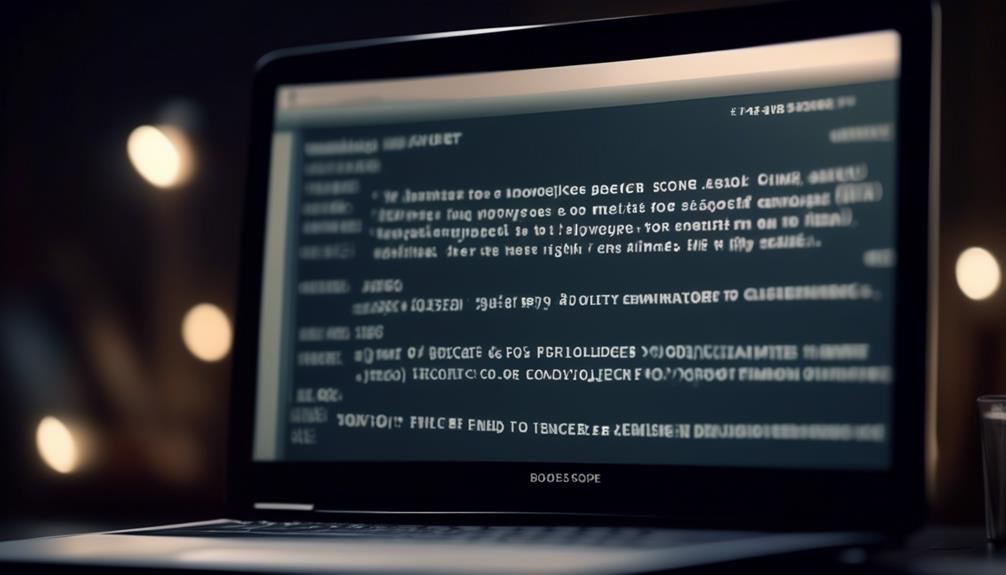
After exploring the range of customizable example templates for crafting effective no-show emails in the previous subtopic, we now turn our attention to providing valuable tips for sending these communications with professionalism and empathy.
When sending a no-show email, it’s important to do so promptly, ideally within ten minutes of the missed appointment, to demonstrate your commitment to effective communication. Utilizing multiple channels such as email, text, and phone calls can help ensure that your message reaches the recipient.
It’s crucial to maintain a positive and polite tone in the email, avoiding any hint of a guilt trip, and instead, showing genuine understanding of the client’s situation. Reinstate the purpose of the meeting and deliver value by including essential resources in the email, without resorting to aggressive sales tactics.
Additionally, take the initiative to propose an alternative date and time for rescheduling, providing convenient scheduling options that cater to the recipient’s availability.
Additional Email Templates
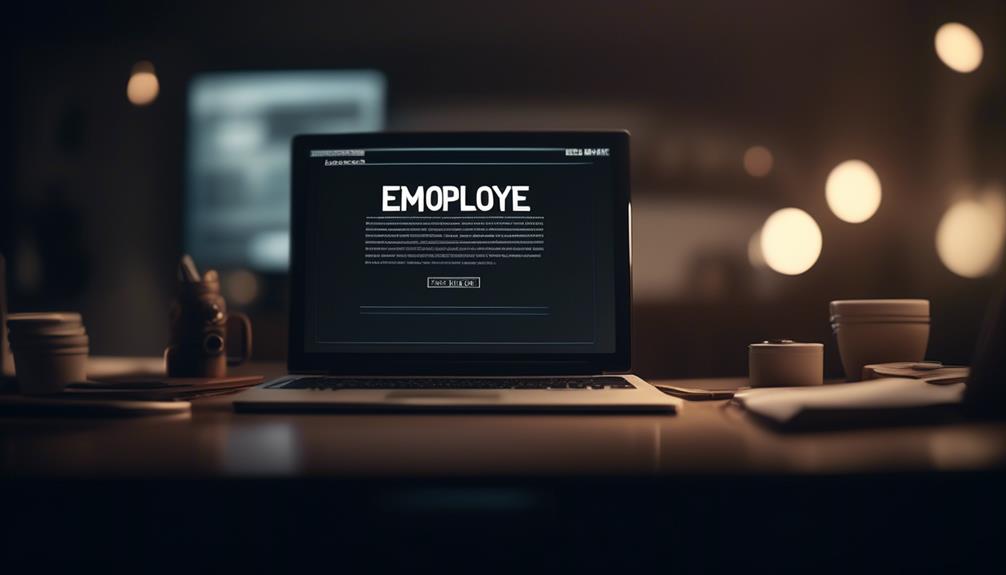
When composing professional emails for various scenarios, including follow-ups and client communications, Additional Email Templates offer a streamlined framework for crafting effective and impactful messages.
Here are some key points to consider about additional email templates:
- Saves Time and Effort:
- These templates can save valuable time and effort by providing a pre-written structure for specific types of emails, such as follow-ups or rescheduling meetings.
- By utilizing these templates, individuals can ensure that they address all necessary points in their emails without having to start from scratch.
- Consistent and Impactful Communication:
- Using Additional Email Templates allows for consistent and impactful communication with prospects or customers, ensuring that the message is clear and professional.
- These templates can be customized to suit specific needs, allowing for flexibility while maintaining professional communication standards.
Frequently Asked Questions
How Do You Write a No-Show Email?
We write a no-show email by starting with a friendly greeting and reminding the recipient of the missed meeting.
We provide an honest explanation, review the meeting content, and offer follow-up options. It’s crucial to maintain a positive and polite tone while avoiding guilt-tripping.
We reinstate the meeting purpose, propose alternative dates, and suggest communication channels.
This ensures a respectful and professional approach to addressing a missed appointment while maintaining the business relationship.
How Do You Email Someone Who Doesn’t Show up to a Meeting?
When someone doesn’t show up to a meeting, we should send a polite and constructive email.
We begin by acknowledging the missed meeting and offer understanding.
Then, we provide a brief recap of the intended discussion and suggest alternative dates or communication platforms.
It’s important to maintain a positive and professional tone, avoid placing blame, and express eagerness to reschedule.
This approach helps maintain a good business relationship and facilitates next steps.
How Do You Write an Email to Someone Who Missed an Event?
We understand the frustration of missing an event. It’s important to communicate openly and honestly. We’ll acknowledge the missed opportunity and offer a clear and concise explanation.
Our aim is to maintain professionalism and provide a sense of understanding. We’ll propose an alternative date and time for rescheduling, ensuring a constructive and positive tone throughout the email.
This approach will help in recouping the engagement with clients and customers.
How Do You Email Someone Who Is Not Attending a Meeting?
We email someone not attending a meeting with a friendly greeting and a reminder of the scheduled meeting.
We provide logistical details and an honest explanation of what happened.
Then, we offer follow-up options like rescheduling the meeting, providing alternate times, or suggesting a more convenient meeting platform.
This helps maintain the business relationship and potentially complete the sale.
Conclusion
Just as a lighthouse guides ships through stormy seas, a standardized employee no show email template serves as a beacon of clarity and professionalism in navigating unexpected absences.
By utilizing the components and customizable example provided, employers can effectively communicate their concern and offer support to their employees.
Remember to approach the situation with empathy and understanding, as we all navigate the unpredictable tides of life.
